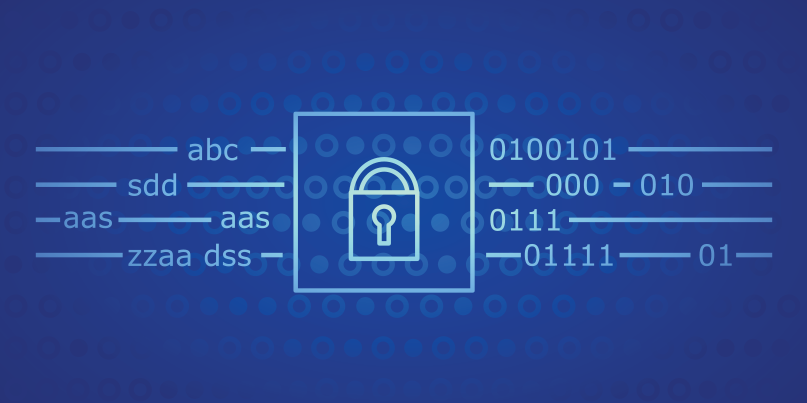Microsoft removes all Windows Download Center downloads signed using SHA-1 certificates on August 3, 2020.
The SHA-1 algorithm was commonly used for signing executable code files and TLS and SSL certificates, are used on websites to authenticate an issuer.
In 2015, security researchers published a report which describes in detail how SHA-1 is vulnerable to attacks that could allow intruders to forge digital certificates to impersonate a company or other site.
These forgeries could then be used in phishing attacks, corporate forgeries or man-in-the-middle attacks.
Due to problems with certificates SHA-1, Microsoft and other developers are starting to use them and demand its use SHA-2 for installation Windows updates.
In a new newsletter published yesterday, Microsoft says it is pulling all Secure Hash 1 (SHA-1) signed Windows content from the Microsoft Download Center for more better safety.
"SHA-1 is an old cryptographic hash that many in the security community believe is no longer secure. "Using the SHA-1 algorithm in digital certificates could allow an attacker to falsify content, carry out phishing attacks or man-in-the-middle attacks."
Note that although Microsoft only supports SHA-2 signed content in official content, SHA-1 signed Windows executables will be able to run on functional system.
So if you have previously signed archives with SHA-1 and you still use them, you must download them before Microsoft removes them on August 3rd.





